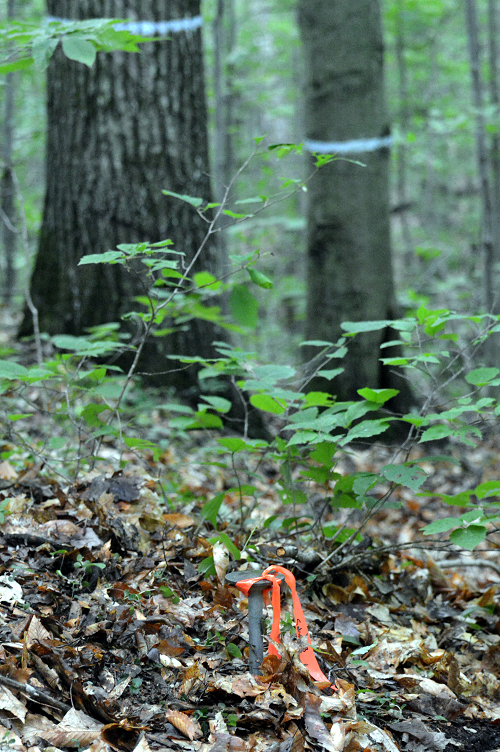Introduction

Established in 1990 as a partnership among the USDA Forest Service, the State of Vermont Agency of Natural Resources and The University of Vermont (UVM), the Vermont Monitoring Cooperative (VMC) serves as a hub to facilitate collaboration among federal, state, non-profit, professional and academic institutions toward ongoing monitoring of forested ecosystems across the region and an improved understanding of forested ecosystems in light of the many threats they face. While VMC efforts focus on the health of Vermont's forests, forested ecosystems are complex entities supporting many organisms, proving a wealth of ecosystem services, and whose condition is based on more than just the status of trees. Because a healthy forest system is also dynamic in response to natural climate variability, disturbances and succession, long-term monitoring to quantify year to year variability is essential to identify emergent forest health issues or subtle changes indicative of chronic stress.
Driven by its mission to amass the information necessary to monitor and detect such changes and their impacts on forested ecosystems, the efforts of the VMC network over the past 25 years have resulted in 170 individual research and monitoring projects across the state of Vermont conducted by over 180 collaborators, investigating a range of forest, soil, water, wildlife, pollutant and climate relationships. While this includes many individual investigations relevant to understanding and sustaining healthy forest ecosystems, this report offers a sampling of the extraordinary amount of information that currently contributes to the VMC's long-term archive of ecological data. Our goal is to include both a summary of the latest year's data on key forest, wildlife, water, and air quality metrics, along with an analysis of the long-term patterns and trends in the data in order to provide a relevant and timely source of information on the current state of the region's forested ecosystems.
The information in this report is intended to be a snapshot of the larger body of monitoring and research that has been amassed over time, and which is growing daily. We have tried to include a subset of this work that is representative of the overall health and function of the forested ecosystem. This allows us to quantify forest health in 2014 in the context of long-term monitoring datasets. As an organization, VMC believes that the regular analysis and reporting of such information is critical to identify emerging forest health issues, as well as understand the drivers and impacts of ecosystem change.
